In my National Guard days, I always shook my head when I’d hear fellow soldiers refer to cold-weather clothing—fleece, gloves, hats and raingear—as “snivel gear,” implying that the desire to be as warm and comfortable as possible is some kind of weakness of character. A cold, shivering, miserable soldier is going to perform poorly, no matter how tough he or she may be. The same goes for motorcyclists, and I’m just as amazed when I meet guys who’ve been riding 20 years and have yet to experience the wonderfulness of electrically heated gear.
That’s because no matter how much you layer, no matter how thick your fleece is or how windproof your jacket, on a protracted ride in even mild temperatures, you will lose body heat. Eventually, you will lose more than your body can produce, and you will start feeling early symptoms of hypothermia. You will lose feeling in your fingers and toes, you will get distracted, you may start shivering. Even if the symptoms are mild, you’re not at 100 percent. And that’s not good, as you may be traveling at night—when you need to be most alert.
Heated gear is an ideal solution. Most modern bikes can easily handle the current draw required without draining the battery (click here for Powerlet’s vehicle selection tool, which will show you how much excess electrical capacity your bike has), and your body’s core area (heart, lungs and digestive system) will stay warm without blood being shunted away from your extremities. That means you can stay just as warm—warmer—with less-bulky clothing, boots and gloves. That means better feel, comfort and control.
Powerlet’s new rapidFIRE ProForm heated liner ($250) adds an extra dimension to the utility of heated gear. That’s because it’s very thin and comfortable to wear, thanks to lots of stretch panels and Powerlet’s “Carbon Nano-Fiber Core” heating elements which use far infrared (FIR) for a deep, safe, penetrating heat. The cuffs are finished to reduce bunching, as do the “ProForm” stretch panels. Because of all that, Powerlet promises a tailored fit with a minimum of sizes. Powerlet also claims it’s the warmest heated liner on the market, with a 105-watt rating.
To complement the liner, Powerlet also offers a very clever solution to the problem of too many wires. It’s a wireless controller ($110 for single, $140 for dual) that uses a Bluetooth-ish system to communicate with a dongle plugged into the liner, eliminating the need to have a controller hard-wired into the jacket. This minimizes the wires going from bike to rider.
I like Powerlet’s products, as well as the company’s excellent product knowledge, support and service, so I was excited to get the liner, even if our winter was just about over when I got it. But it’s still chilly enough for heated gear to be welcome, so I tried it out.
The liner is stylish and comfortable (and may I add, slimming in basic black) to wear as a stand-alone garment. Its polyester construction has good wind-blocking qualities, and the stretch panels give it a snug but comfy fit. A high Polar Fleece collar blocks wind and wicks moisture away from your neck. Unlike other heated garments, there is a minimum of wires. Instead, the heating elements are soft, flexible fabric, and the heat seems to be distributed over a broader area than other heated garments.
My dream is to find a heated liner that can be used without a thick, bulky insulating layer, but I think I’ll have to keep looking. Although the rapidFIRE delivers some serious heating power, under an uninsulated leather or textile jacket I felt warm (burning, almost) where the heating elements were, chilled where they weren’t. Insulation keeps the heat evenly distributed, and you’ll feel so toasty you’ll wonder why you even have a car. However, even without insulation it’s better than nothing, allowing you to get a few more rides out of your favorite (but close-fitting) leather jacket.
The controller is practical and easy to use. After 20 minutes of trying to figure it out, I wasn’t able to get it to sync to the dongle plugged into the liner. Finally, I admitted defeat and read the directions—then it was a simple process taking less than a minute. The controller uses a small coin-cell battery that should last a season. The receiver unit is waterproof, so it won’t get killed by the rain—or a forgetful launderer. The controller can be Velcroed onto a handy spot on your bike, luggage or apparel. It’s also compatible with most DC heated clothing with coaxial-style connectors, and in fact Firstgear sells a similar unit (which is actually manufactured and sold by the Warm and Safe company). There is a dual (for separate items of clothing, like gloves and a liner) and single controller available.
My final bit of Powerlet kit to test are the RapidFire glove liners ($80). These use the same FIR technology as the jacket liner, so they are thin and lightweight. Still, they made tight-fitting leather gloves (especially sport-oriented ones) a little snug for comfort. But a pair of Lee Parks’ deerskin gloves provided enough give to let them fit nicely. Once hooked up to the liner (which has built-in plugs for heated gloves as well as trouser liners), I enjoyed the warmth sinking into the backs of my hands. The fingers, thumbs and palms are unheated—probably because they would get too hot pressed up against the grips.
A note to BMW owners: you may be suffering from CAN-BUS blues. That’s not how commuters in Montreal get to work—it’s the electrical system on many late-model BMWs. It has a feature that shuts off power to your accessory socket if the draw exceeds 5 amps, which can defeat electrically heated clothing and other accessories (including trickle chargers). You can just wire them straight to the battery (how crude!), but Powerlet has replacement wiring harnesses called the “iCAN” ($30) to connect the power outlet to the battery.
Powerlet’s new heated products are practical, effective and well made, with a lifetime warranty on the electrics. Call me a sniveler in my electric gear all you want—I’ll be the guy riding in December.
Check out the Powerlet website to browse a huge range of electrical accessories and other goodies.
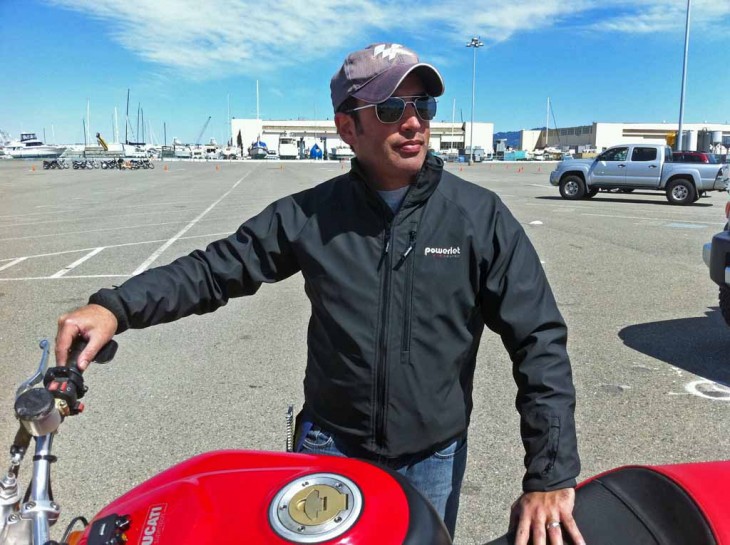
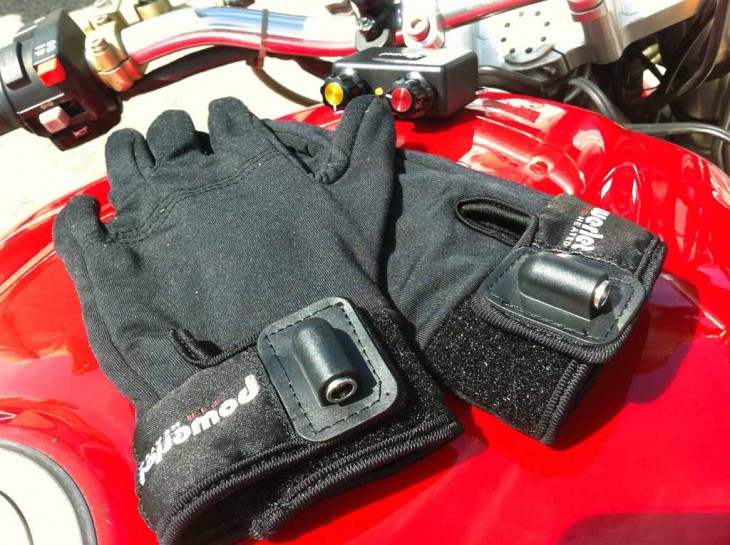

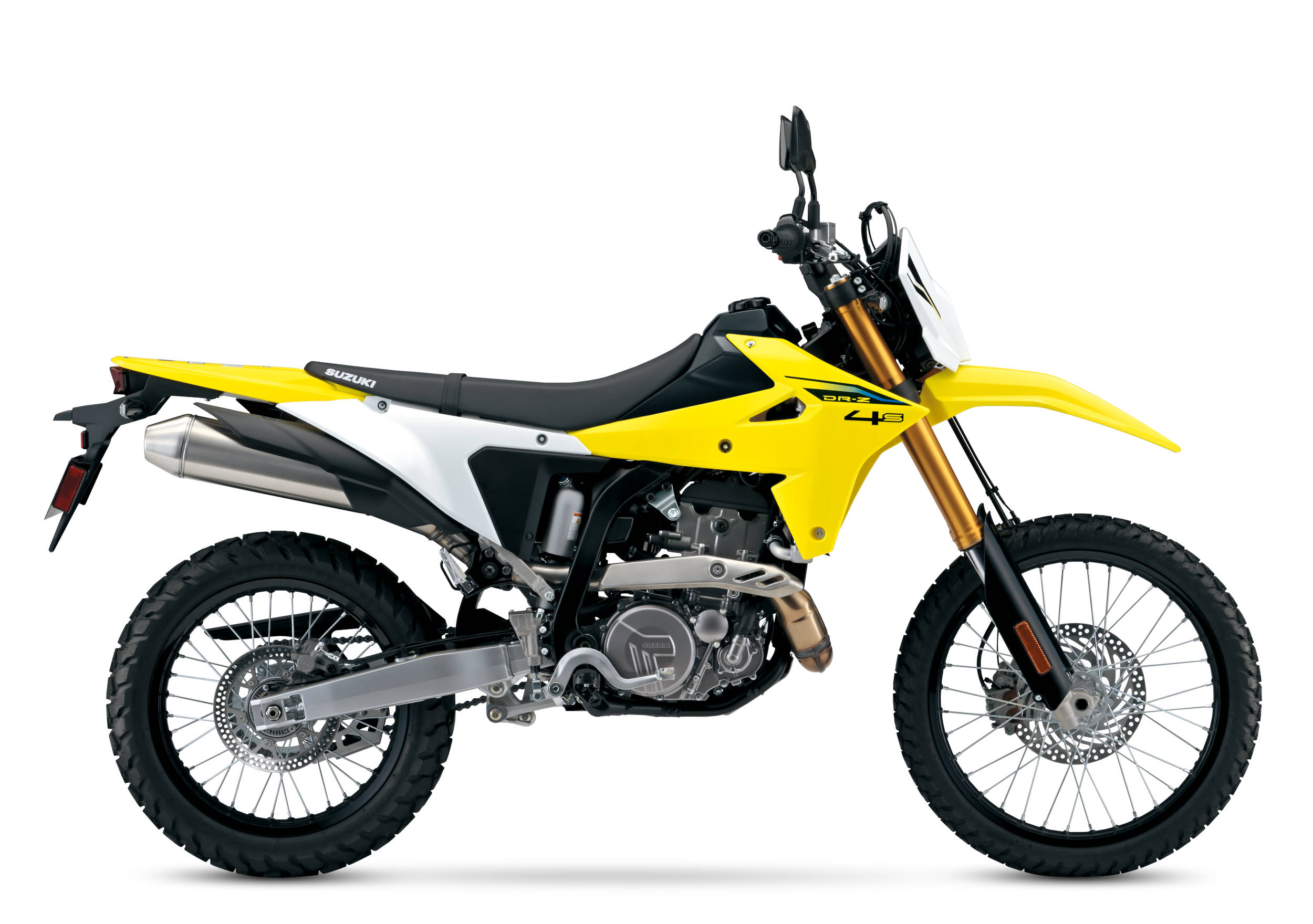
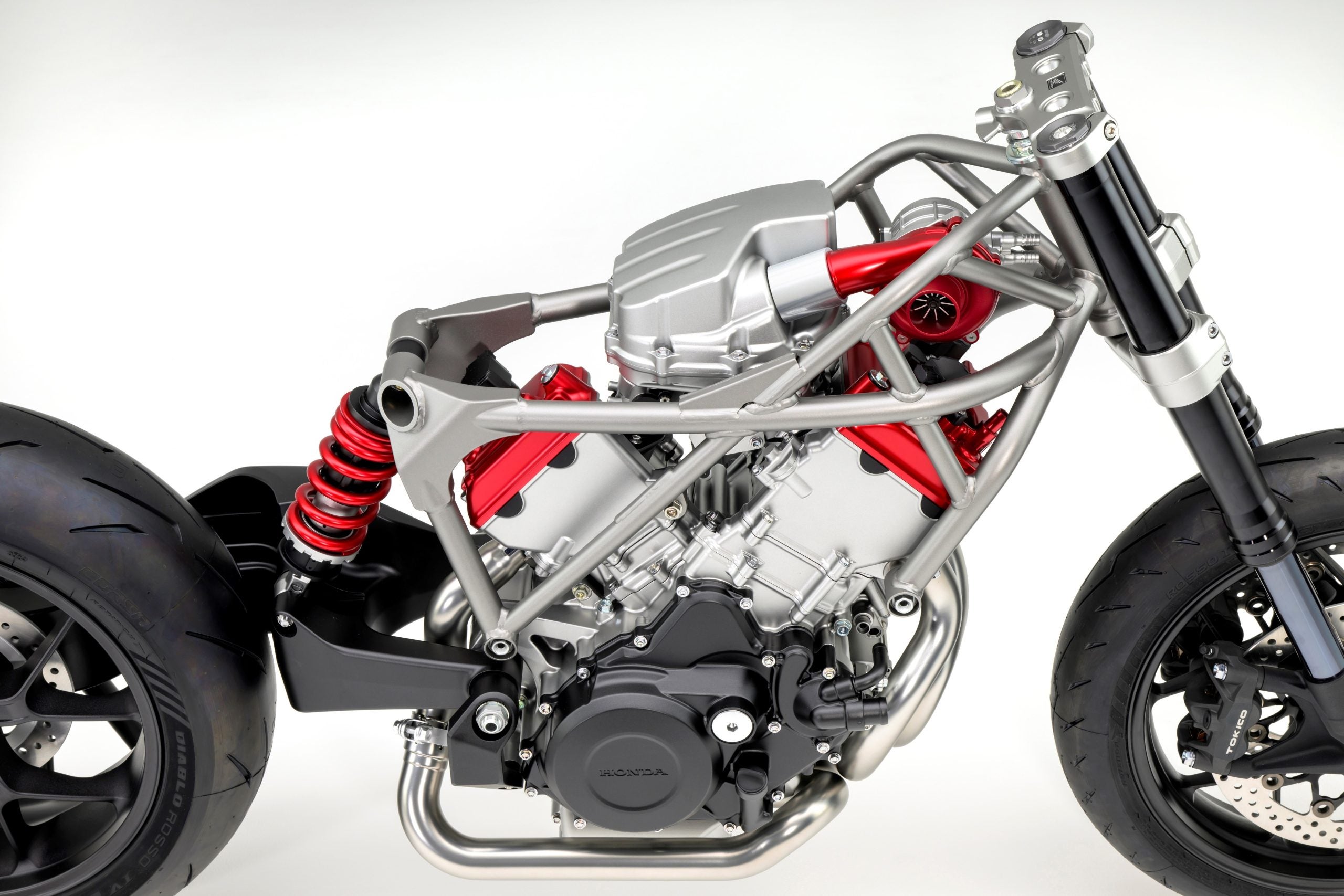
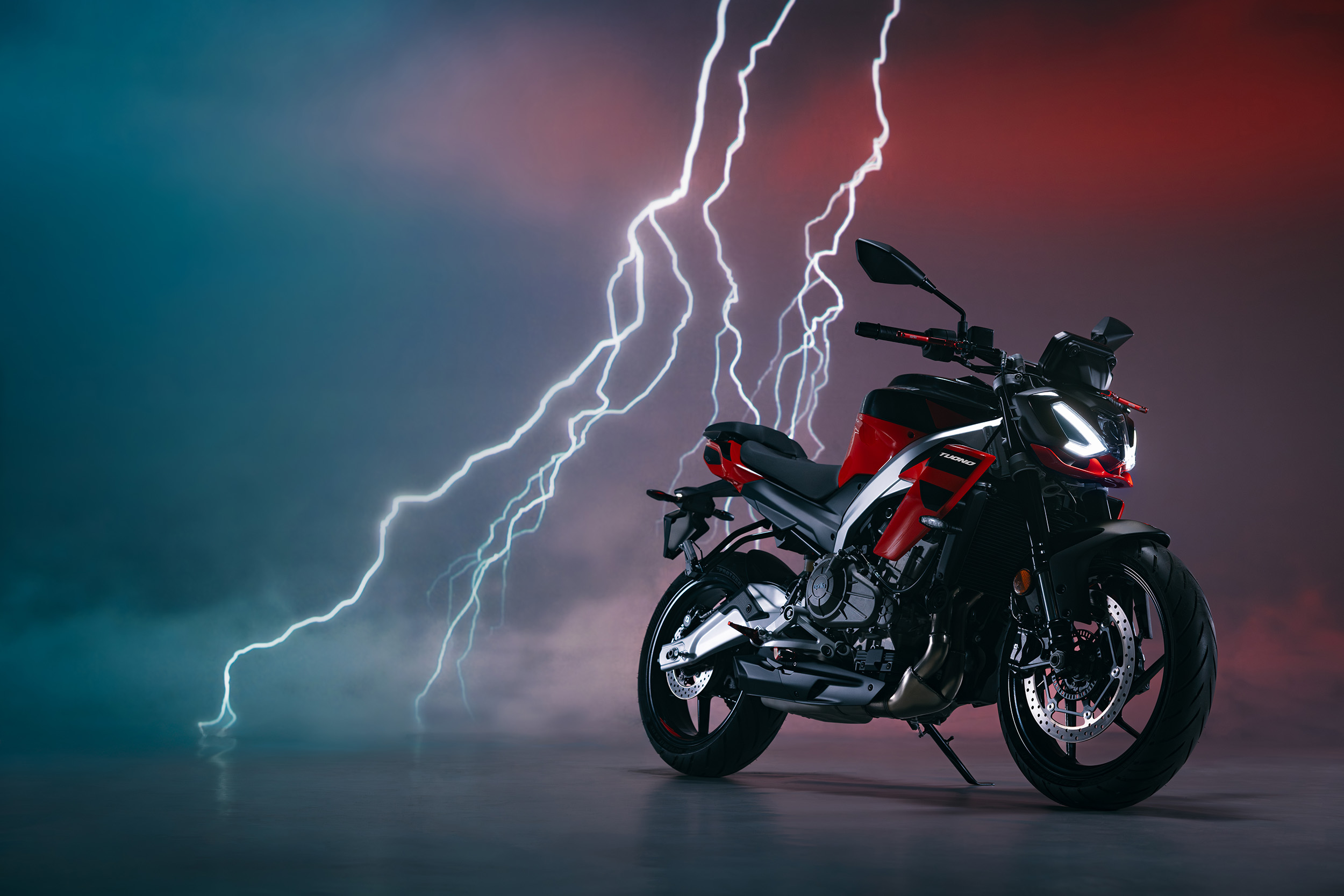
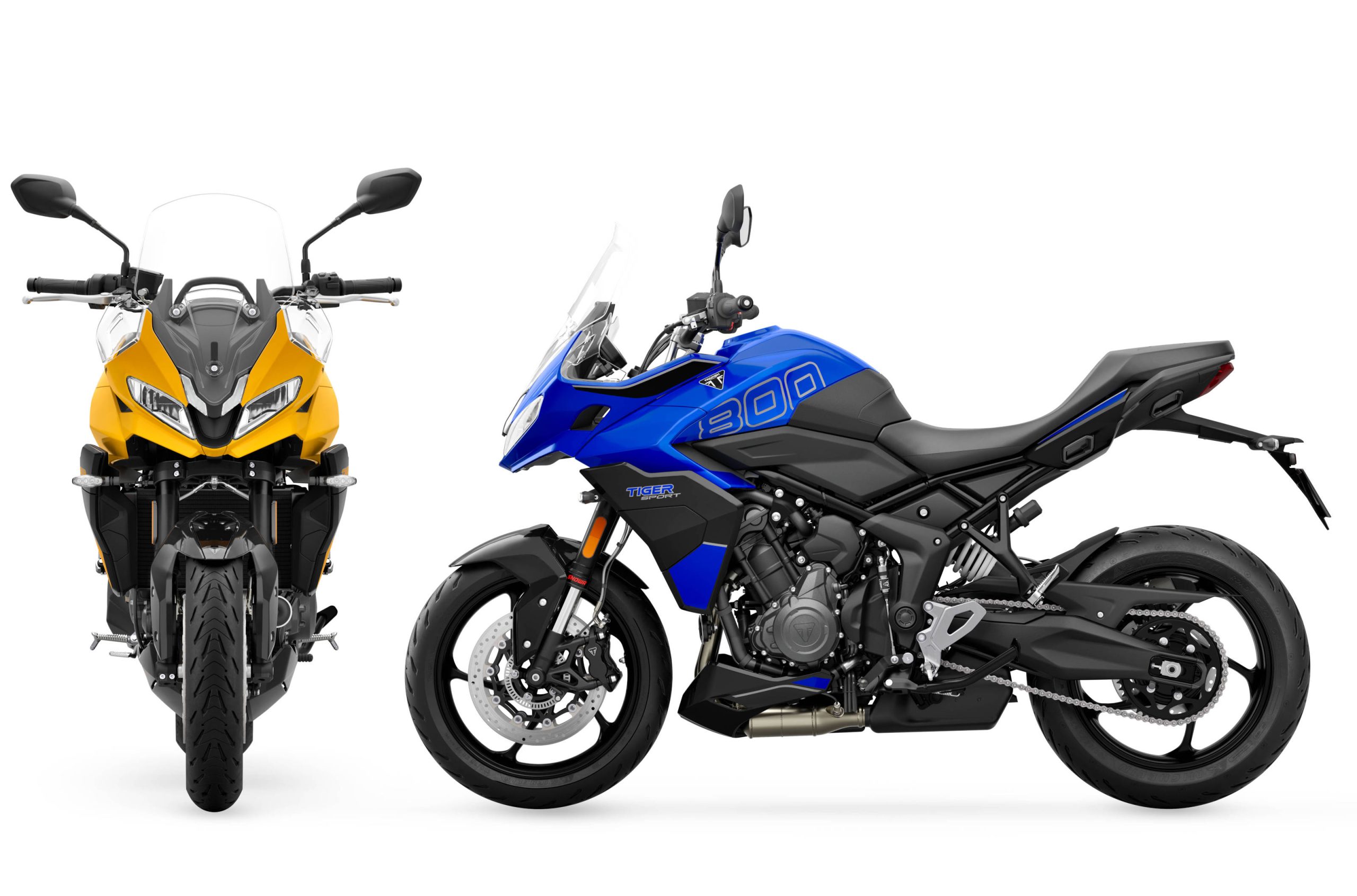
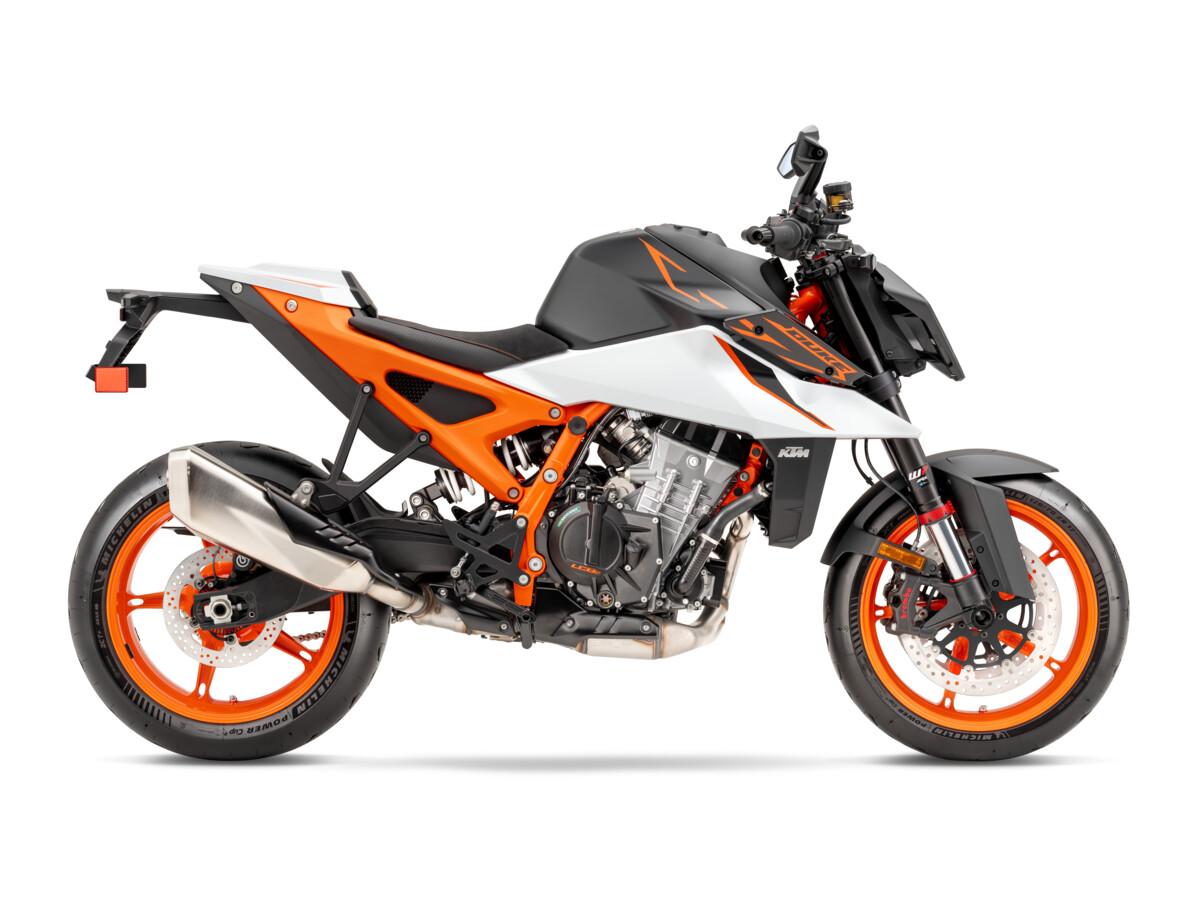
Bunch of pussies…
I’m now completely confused on which controller setup I should get. I don’t want something too complicated or hassles. Can you review the different setup options?
My brother and I have “Widder”(no longer in business?) heated vests that are about 25years old. When we ordered them we were told that guys in construction,running backhoes without cabs purchased them! I also have snowmobile heated grips on my bike. It’s enjoyable to ride in the spring,fall or any cold night and have the heated vest and heated grips pumping heat into your torso and fingertips!
Be very careful with this company’s moto – Wired for Life.
My Garmin 2610 stopped working on the trip to Maine from San Diego last October.
All the time I thought it was the cheapo Taiwan GPS.
After I found my way home, I found out it was the Powerlet PPC-003 Garmin 26xx cable that failed.
I learned the true meaning of “Wired for LIfe” by contacting their manager – Adam Bonislawski.
I had to beg, beg and beg to get a replacement.
“a wireless controller ($110 for single, $140 for dual) that uses a Bluetooth-ish system to communicate with a dongle plugged into the liner, eliminating the need to have a controller hard-wired into the jacket. This minimizes the wires going from bike to rider.”
I’m confused. My warmnsafe heated jacket has a single wire going from the bike to the jacket. There’s a wire from the battery to a fuse to a controller (a knob where I can reach it) to my jacket.
How does a wireless controller eliminate any wiring?
And yes, heated gear is where it’s at. I ride in a tshirt, with a heated jacket (liner) and my armored jacket over the top of that. I never feel constricted or that I’m wearing too many clothes.
That’s the point that I also tried to make. The only scenario where it makes sense for the knob to be physically separate from the controller is when the controller is mounted on the bike, and when so, by having the knob separate from the controller, it is generally easier to put the knob where you want it. But this doesn’t suggest to me that the knob part should connect to the controller in a wireless manner. There may be particular circumstances where this would be the case, but it would be very unusual, and for the most part there would be no advantage at all. There would only be the disadvantage of occasional battery replacement and occasional need to repeat the Bluetooth synchronization.
Exactly.
Why complicate things when it adds no benefit?
I’m looking at a set of 1,500 lumen LED aux lights for my bike. Sadly, the only dimmer available with them is wireless. WTF??? It’s not like I take them off the bike and need to move the dimmer.
Seems like you guys should have tested this somewhere where there’s weather as opposed to S. Cal. It’s not been above 42 in the mornings in Portland for a month, and most days are around 35. I’m sure lot’s of other parts of the country are the same or warmer. Lot’s of gear will keep you warm at 50, less so at 25 or 30. Still glad to see you paying attention to the market, and it was well written.
Ooops, meant the same or cooler. You Toronto winter riders are tough.
Snivel Gear! That brings back memories. We must have been in the same unit… My motto (in those days or on two wheels)? Travel as light as possible, but don’t be any colder than you have to be.
But how does it compare with Gerbings?
I’ve used heated gear for 20 years and still kick myself for not getting it sooner. Powerlet heated gear by Warm And Safe is the best and I’ve had’em all.
Gabe, great write up.
What size jacket are you wearing and what frame size are you? Does the heat go all the way into the neck collar?
My wife calls me a “smedium.” I’m a size 40 for jackets and a size medium in most garments. This is a medium in the picture but the nice thing about the Powerlet are the elastic side panels and the way it doesn’t make me look fat. Like a movie star, my mom would say.
Yes, the collar is heated (and lined with fleece, very nice!).
Wireless?
The controllers are the DC equivalent of AC light dimmers, and are not thermostats as they are sometimes referred to. Power and ground wires run into the controller, and another pair of wires then runs to the garment. You vary the power by turning a little knob. In the simplest configuration, the knob is integral with the controller, but the knob can also be physically separated from the controller and connected to the controller via a special cable that uses a very small bundle of thin wires. With what we see here, the new trick is for the knob to connect to the controller wirelessly. But there does not appear to be a version where the knob connects to the controller via a small bundle of thin wires.
The simple arrangement where the knob is integral with the controller is most useful when the controller is carried on the person of the rider or passenger. The alternative is to mount the controller on the bike. In this case the controller is located electrically between the battery and the socket you use to connect the garment. By having the knob separate from the controller, this accommodates the need for mounting the knob in the most accessible and convenient location, ideally close to the rider’s left hand, with the controller located out of sight and out of touch. At least this is the way it works with the Warm-n-Safe version of this thing.
Regardless of how the knob connects to the controller, if the controller is located between the socket and the battery, you can still operate various 12VDC gadgets from that socket, including DC motors, within the limit on the amount of current that the controller allows (typically 10 Amps is safe). You can in fact operate a small air compressor through the controller, and I have done this, after modifying the connector on the compressor to accept the same coiled, stretchy cable that I used for connecting the heated garment to the socket.
But I struggle to find any advantage for the knob to connect to the controller wirelessly. Moreover, it seems to me that this only complicates matters for no good reason. In the scenario where the passenger will not have access to the fixed location for the bike-mounted knob, why not just use the version with the knob integral with the controller and let the passenger keep the controller on their person?
I’m a big fan of heated gear, it adds as much as 3 to 4 months here. I use a heated bib and gloves. The FJR is wired as you might expect, but so is the EX500 and KLX 250SF 😉
Weren’t you in another branch of the service as well?
I wear my snivel gear proudly. ” What are you cold?”. “No” says I.
I was a jarhead, too. Heavy Guns 2/7!
Travel light, freeze at night
I use a jacket liner and gloves from First Gear. One of the best accessory purchases I ever made. Heated clothing is usually pricey and this stuff is no exception. I like the wireless idea.
I’ve been using heated gear for a couple years. What a game-changer! It really does extend the riding season in places like the Mid-West.
With my Gerbing electric jacket liner under my Roadcrafter,(The bright yellow one!) I only monitor the weather to the extent needed to insure there won’t be ice.
Gabe, I think you wrote this whole piece, so you could use the word “dongle”. 😉
I have a hard time typing that word without giggling…